Summer rescues….
During the summer there have been a lot of rescue missions at Kebnekaise. One night there were
three different rescues. The weather was misty and, the tourist/hikers didn’t have experience of
hiking in the mountains. That combined with poorly training probably was the reason. So, from that
point of view, I think it’s is important for the hut and mountain station to inform the hikers about the
risks and the condition of the trail and weather. And might suggest the clients to hire a guide. The
cost of rescue missions will increase, and there will also be a risk for the rescuers.
Becoming a Bad Ass, the way of change…the difference of wanting to change and will change…Here come some thought we need to ask us selves sometimes…
Why you are the way you are?!
Know where you want to go…
Why you want to go there
How and what you need to change to get yourself there.
About thin air.
When it comes to the atmosphere, it extends to 8000m out to space. Outside there is almost no oxygen. The surrounding air sea exert a pressure towards the earth. At sea level the air pressure
normally is 740-770mm Hg. But the higher altitude you get, the lower the air pressure will be. This means that every liter of air will 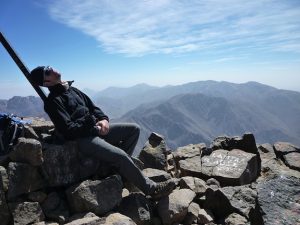 contain less of oxygen, here we got what we call hypoxic. Every 12 th meter the air pressure will be reduced with 1mm Hg. At 2000m over sea level the air pressure has decreased to 596 mm Hg (vs. 740-770 at sea level). This with the result of a reduced amount of
contain less of oxygen, here we got what we call hypoxic. Every 12 th meter the air pressure will be reduced with 1mm Hg. At 2000m over sea level the air pressure has decreased to 596 mm Hg (vs. 740-770 at sea level). This with the result of a reduced amount of
oxygen to 80% (596/760 =0,8). To be able to do the same work, you must breath faster and deeper, you pant…At the peak of Mount Everest the air pressure will be 230-250 mmHg. This meaning a third out of the level at sea level. This is just the minimum of what a human body can manage. Climbing and working hard during this circumstance is very tough. Without a couple of month of
acclimatization, it will remain in death for the most of us.
Why is the oxygen being so important? All muscle work require energy. It can be from fat or carbonates. This substance will be converted to energy in the muscles, supported by oxygen (a so-called aerobe process). The more oxygen the muscle can get, the higher energy metabolism and more work can be done. During short moment the muscle can work without oxygen, example we can swim under the water, but at the same time lactic acid will be produced in the muscle. You that have been at high altitude know the feeling when you need to stop and take a paus and breath. That is when your body “clean” the muscle from the lactic acid. A muscle is the organ that can vary its energy metabolism most, unlike the nerve system and the brain which require an even and a permanent supply of oxygen. Reduced access for example the brain will leads to that decisions making will be affected. So, orienteering, the ability to read equipment and take decision about to turn when the situation so require will be affected. Here you can find the explanation of the accidents at “thin air”. Accidents at a level under 4000m can usually
be derived by low blood sugar levels.
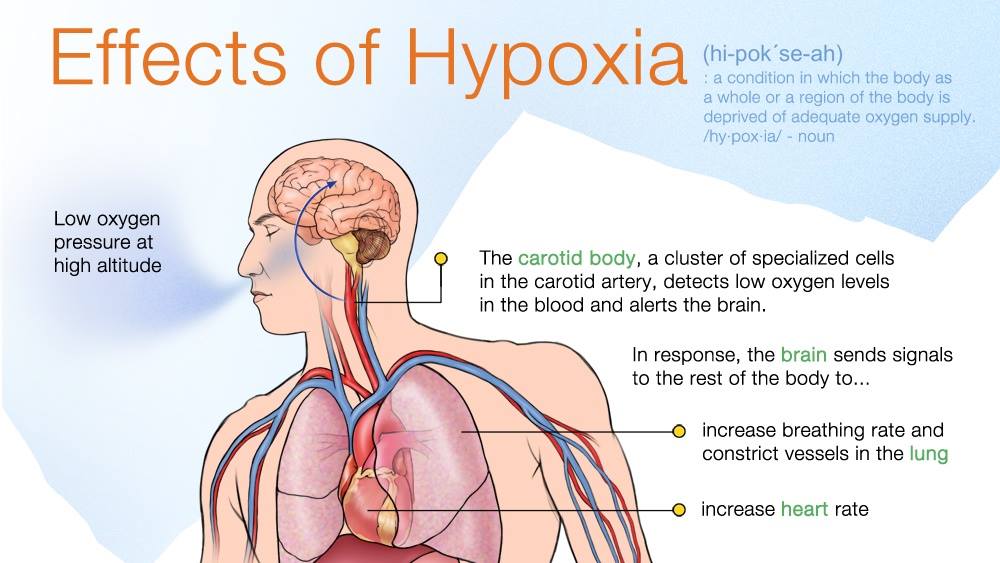
We are all losers…
One way to get a better ability to adapt to lower oxygen levels is a good physical shape. This because of the capacity to transport oxygen. With a good workout of the body you will increase the blood
quantity and increased heart volume with a better stroke volume as well. A normally person can start feeling the impact of “high” altitude at 800-900m. The body ability to adept is impressing. Already after an hour has the endogenous (sv. Kroppsegna) hormone erythropoietin(Epo) increased its activity. It will stimulate formation of red blood cells. Another effect is also that the lupus pulse increase. The first days it can increase with 10-15 strokes. This means rest and recovery will be decreased. Some persons can get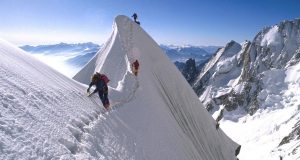 back to normal levels after a couple of days. The third affect is that the HRmax (sv. Maxpulsen) decrease. At a level of 2000 the result is reduced within 10-12 stoke/min. So, what does all this means in the relative? A high lupus pulse combined with a decreased HRmax,
back to normal levels after a couple of days. The third affect is that the HRmax (sv. Maxpulsen) decrease. At a level of 2000 the result is reduced within 10-12 stoke/min. So, what does all this means in the relative? A high lupus pulse combined with a decreased HRmax,
will result in a reduced working interval for the heart. The bloods increased oxygen contain combined with decreased HRmax will result in a decreased oxygen consumption. All this result will be
individual, some can lose 7-8% at 1700 over sea level, while other can lose up to 15%. Ok, so it is individual how much the loss of oxygen will affect us. But we all get affected. Increased breathing,
increased heart rate and added lactic acid production. This means that the body will sets up to burn carbohydrates. From this point of view, it is very important to eat enough with carbohydrates, and if
the body don’t get that it will start to burn fat and protein to release energy. The increased ventilation will also affect the fluid loss. You must add one liter more /km in height. It is also worth to take in consideration that high altitude and the stress related to that affects the immune system. It is easy to get infection etc. So, the hygiene is very important. Even if you don’t have access to high mountains it still will be valuable to climb, hike and workout in a mountain environment.So, conclusions:
–We all have different prerequisites of adapting to “thin air”.
-With less oxygen, you must breath faster and deeper to be able to do the same work as at sea level.
-The loss of oxygen will affect the brain, which can lead to bad decision.
-With a good fitness level, you will have better prerequisites to adapt to Thin air.
-You need to have focus to drink more, due to the increased ventilation.
– Bring carbohydrates so you can produce lactic acid to avoid burning fat and protein.
At the MUIN there are a lot research about the area. I have a dialogue about, it it is possible to have the ”dyving-response” effect regarding ”thin air” Is it possible to adept the body Before a climbing expedition. I will come back about this…
Programming for a mountain athlete.
When it comes to workout connected to be active in the mountains there will be a lot of different suggestions. I will start to give an example of a four-week program. So here follows a “free” program,
if you want an individual programming for an upcoming event/adventure please contact me and I willhelp you out. This program is just a start up for becoming a mountain athlete.
General instructions: Warm up until you feel warm and soft. Rest time is normally 45-60s. But big muscles-groups as arm/leg requires up to 120s. rest. In the beginning of the program take it easy
with weights. This is just a taste out of a “real” programming…
Monday: warm-up: 7min upper body exercises. 2×4(two set four reps) pull-ups. Bench-press
10,8,6,4,2,1 reps. Increase weight every step. 2×10 push-ups. 4×10 dumbbell to skull crusher.
https://www.youtube.com/watch?v=ir5PsbniVSc 4×10 hammer-curls https://www.youtube.com/watch?v=zC3nLlEvin4 3×10 strict press. Ending with 7 min stretch and
cool down.
Tuesday: rest
Wednesday: Endurance day, Warm up 7min. you need an air assault bike(Aab) and a row machine.
40cal row, 40 cal air assault bike, 30cal row, 30cal Aab, 20/20 10/10. The alternative will be to run a
1k hilly track 6 times. Target will be under 30min.
Thursday: rest
Friday: Warm up 7min Lower body. 8,6,4,2,1 Deadlift. 10m walking lounges x4, 10 box jump direct
followed by 10 weighted jump(dumbbell) https://www.youtube.com/watch?v=XOTO2qWRy9U x 4.
5×3 back squats light weight (60% of max). 10m bear crawl forward and backward x 3. Stretch and
cool down.
Saturday: Endurance day, 90min at 60% with back-pack (running, canoeing, cycling, speed-hiking,
skiing etc.)
Sunday: 3x20min endurance 70% of max.
See ya soon…
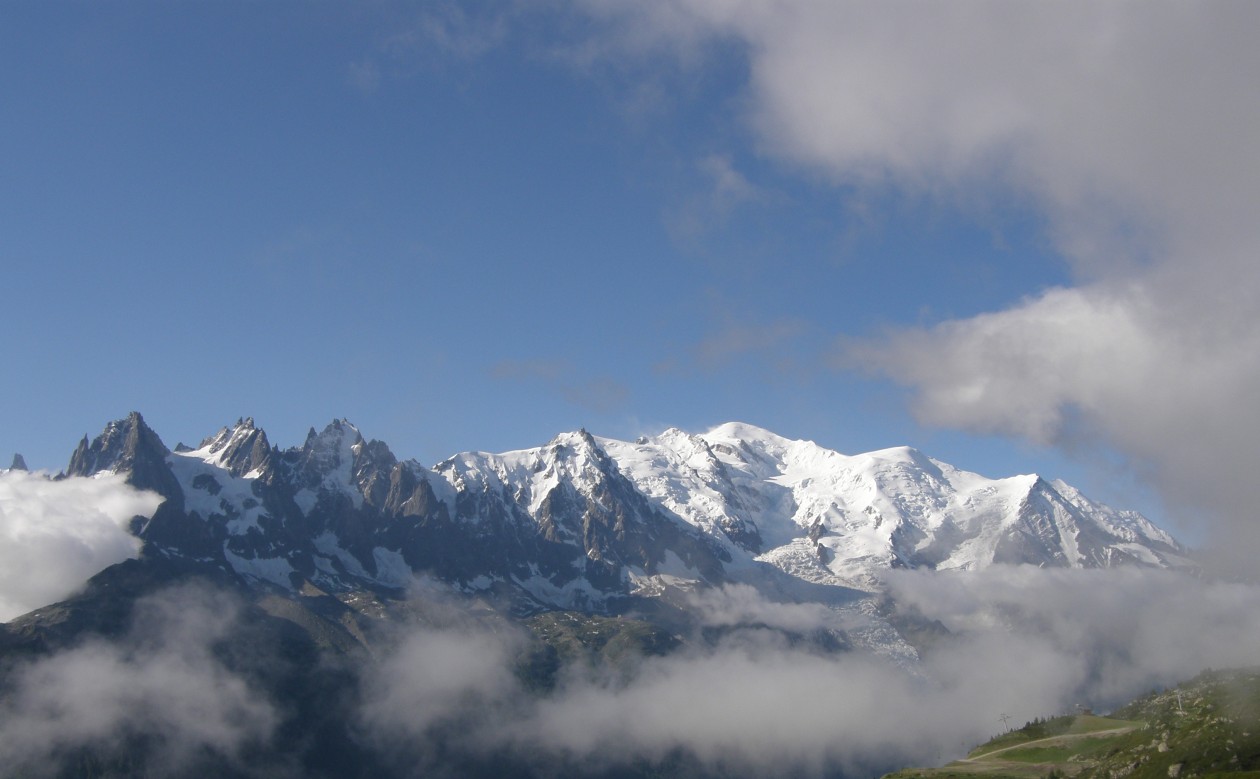
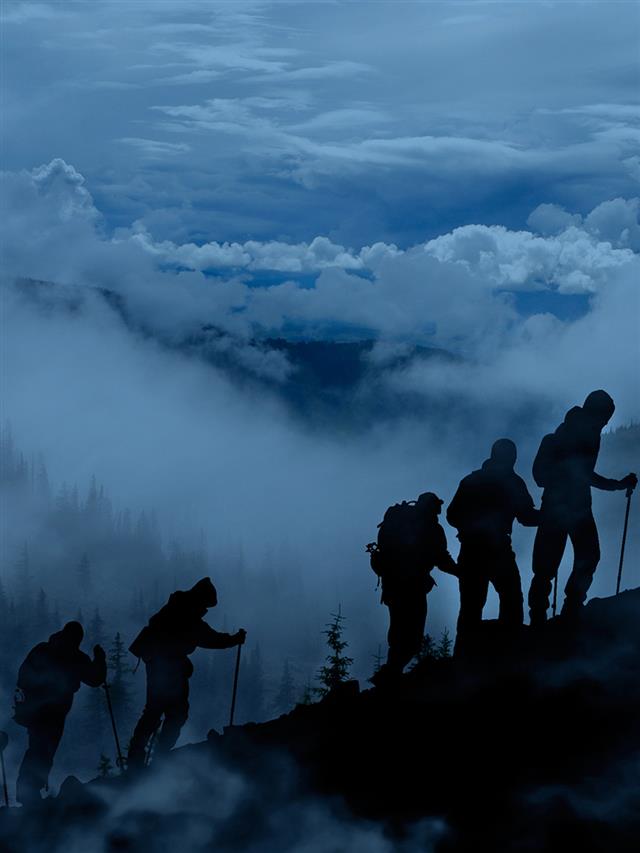
Great blogg Bergman. You should start to think of writing a book. You have such knowledge and experience.
Good work.
Keep on training.